- Australia / AUD $
- Canada / CAD $
- China / CNY ¥
- France / EUR €
- Germany / EUR €
- Hong Kong SAR China / HKD $
- Ireland / EUR €
- Italy / EUR €
- Japan / YEN ¥
- Kuwait / USD $
- Macao SAR China / HKD $
- Netherlands / EUR €
- Qatar / USD $
- Saudi Arabia / USD $
- Singapore / SGD $
- South Korea / KRW ₩
- Spain / EUR €
- Taiwan / TWD $
- United Arab Emirates / USD $
- United Kingdom / GBP £
- United States / USD $
- Not yours? Read more
Tell us what you think
Shop in your local currency and language
You are currently in Japan JP / GBP £ store
- English
- English
- English
- English
- English
- English
- English
- English
- English
- English
- English
- English
- English
- English
- English
- English
- English
- English
- English
- English
- English
Did you know that we deliver to 130 countries or regions and offer a range of delivery options to suit you wherever you are in the world? Find out more
Sign up once to our Selfridges+ service and you can enjoy unlimited deliveries wherever you are in the world. FIND OUT MORE
International delivery
With almost everything on selfridges.com available for International Delivery, you can send your order to 130 countries or regions around the world, including North America, Australia, the Middle East and China.
Although we only offer 20 currencies to browse in online, you can still deliver to all of the following countries or regions:
- Algeria
- Andorra
- Antigua and Barbuda
- Aruba
- Australia
- Austria
- Azerbaijan
- Bahrain
- Bangladesh
- Barbados
- Belarus
- Belgium
- Belize
- Bermuda
- Bolivia
- Botswana
- Brunei
- Bulgaria
- Cambodia
- Canada
- Cayman Islands
- Chile
- China
- Colombia
- Costa Rica
- Croatia
- Cyprus
- Czech Republic
- Denmark
- Dominica
- Dominican Republic
- Ecuador
- Egypt
- El Salvador
- Estonia
- Finland
- France
- French Guiana
- Germany
- Gibraltar
- Greece
- Grenada
- Guadeloupe
- Guatemala
- Guernsey
- Guyana
- Honduras
- Hong Kong
- Hungary
- Iceland
- India
- Indonesia
- Ireland
- Israel
- Italy
- Jamaica
- Japan
- Jersey
- Jordan
- Kazakhstan
- Kenya
- Kuwait
- Laos
- Latvia
- Lebanon
- Lesotho
- Liechtenstein
- Lithuania
- Luxembourg
- Macau
- Malaysia
- Maldives
- Malta
- Martinique
- Mayotte
- Mexico
- Monaco
- Montserrat
- Morocco
- Myanmar
- Namibia
- Netherlands
- New Zealand
- Nicaragua
- Nigeria
- Norway
- Oman
- Pakistan
- Panama
- Paraguay
- Peru
- Philippines
- Poland
- Portugal
- Puerto Rico
- Qatar
- Reunion
- Romania
- Rwanda
- Saint Kitts and Nevis
- Saint Lucia
- Saint Martin (French part)
- San Marino
- Saudi Arabia
- Serbia
- Singapore
- Slovakia
- Slovenia
- South Africa
- South Korea
- Spain
- Sri Lanka
- Suriname
- Swaziland
- Sweden
- Switzerland
- Taiwan
- Tanzania
- Thailand
- Trinidad and Tobago
- Turkey
- Uganda
- Ukraine
- United Arab Emirates
- United Kingdom
- United States
- Uruguay
- Venezuela
- Vietnam
Words by Megan Casci
Pearls aren’t known as “the queen of gems” for nothing. They’re among the world’s most-recognisable precious stones. Their signature lustre means they’ve been used in jewellery for centuries. They’ve made a serious comeback in recent years, too. From preppy to punky, here’s the story of these iconic accessories and advice on how to wear them now.

A timeless classic
Pearls are one of the oldest gems in the world and have been used as an adornment for millenia. The Persian Gulf was described as a “pearl paradise” back in biblical times. Julius Caesar, as well as having a penchant for gold hoops, passed a law forbidding pearls to be worn by anyone outside of the ruling classes.
In the Dark Ages, knights wore pearls on the battlefield, believing they offered magical protection. Johannes Vermeer painted his famous “Girl with a Pearl Earring” in the 1600s. Turns out she was onto something with her choice of accessory.
Pearlcore
Fast forward a few centuries, and pearls reached peak popularity in the 1920s when flapper girls wore long strings of them with their swishy slip dresses. Convincing faux versions arrived in the 50s when women styled shorter sets over their LBDs.
In the 80s, both punky and preppy takes on pearls competed for attention. Nowadays? “Pearlcore” has taken over our jewellery boxes. It’s an evolution of the “craftcore” trend popularised during the pandemic when people made beaded necklaces in their living rooms.
How to style pearls now
Pearls have made a comeback alongside claw clips and bootcut jeans. But they’ve shed their previous preppy reputation. It’s not only a simple string of perfectly spherical pearls or classic pearl stud earrings we’re wearing now. There are irregularly shaped baroque versions, too.
Try layering fun, chunky pearl necklaces. Or, if you’re wondering how to wear pearl earrings and make a statement, think of styles like oversized pearl drop earrings. For a new take on hoops, add gold huggies adorned with a single pearl to your ear stack.
Pearl vs mother of pearl
You probably know pearls come from oysters, but do you know how they’re made? The semi-precious stones are formed when “irritants” make their way into an oyster’s shell. These are then coated with layers and layers of shimmering nacre until a pearl is formed. That takes anywhere from a few months to several years. Famed for its iridescent finish, mother of pearl is also made from nacre. Rather than covering the irritant, though, it coats the interior of the mollusc’s shell.
Freshwater vs seawater pearls
While natural pearls are extremely rare, cultured or farmed pearls are more common. In fact, they make up the vast majority of pearls on the market today. Cultured pearls are formed in exactly the same way, but with the irritant (usually a tiny bead) purposefully placed inside the oyster’s shell by humans.
Farmed in rivers, lakes and ponds, freshwater pearls are most common as they take less time to cultivate, and each oyster can make up to 30 at a time. Saltwater pearls, on the other hand, fetch higher prices as they take longer to form and can only be grown one at a time. Mostly grown around Australia and Asia, the three main types are South Sea pearls, Tahitian pearls and Akoya pearls.
Not found what you were looking for?
Visit our store services A-Z to view all of the extraordinary services we
have available in our store.

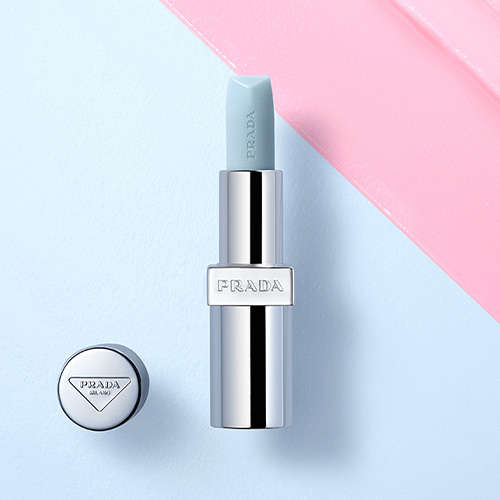

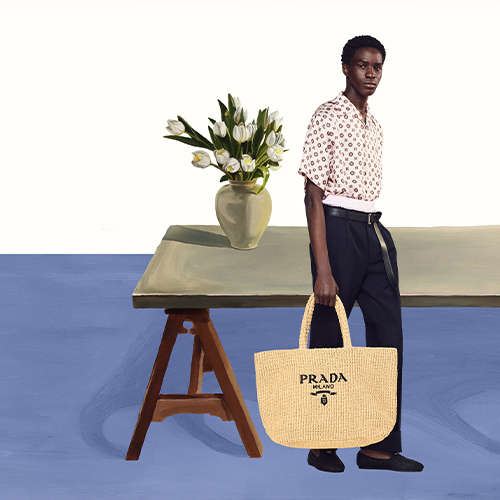
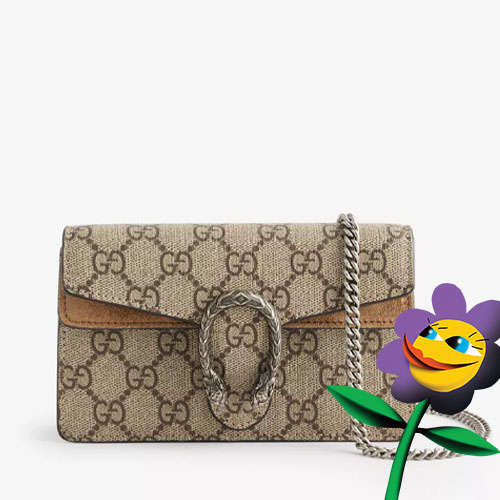
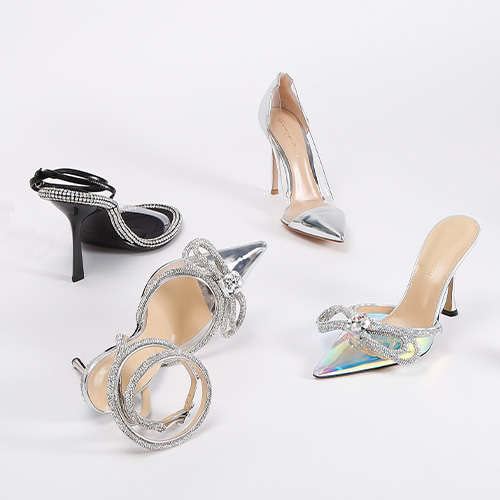
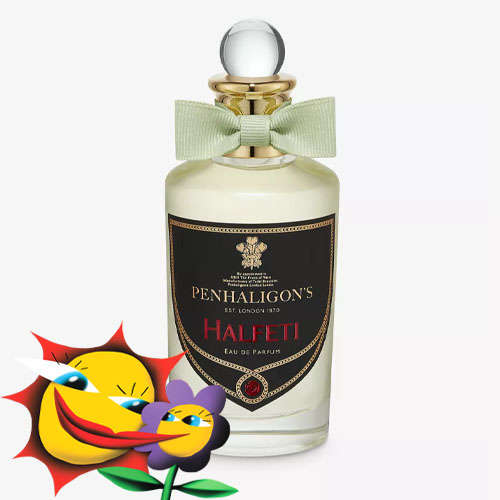


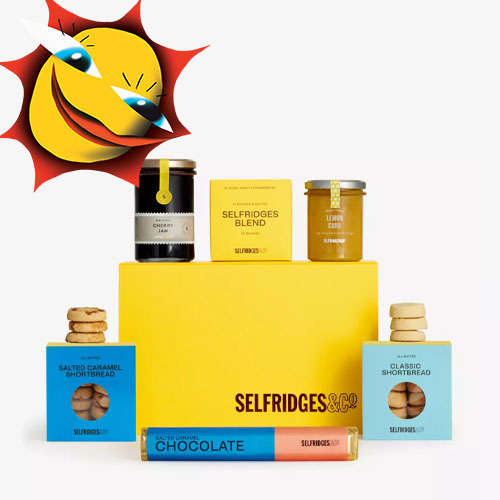
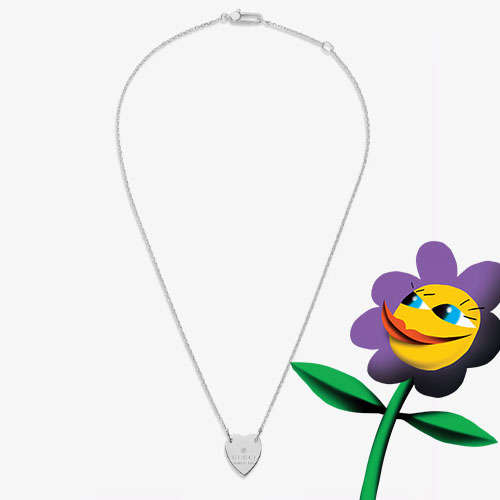
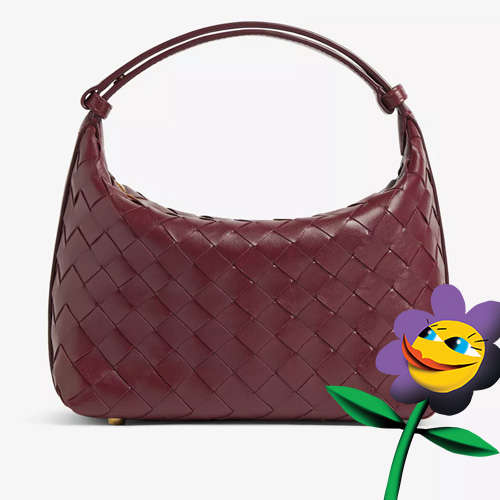

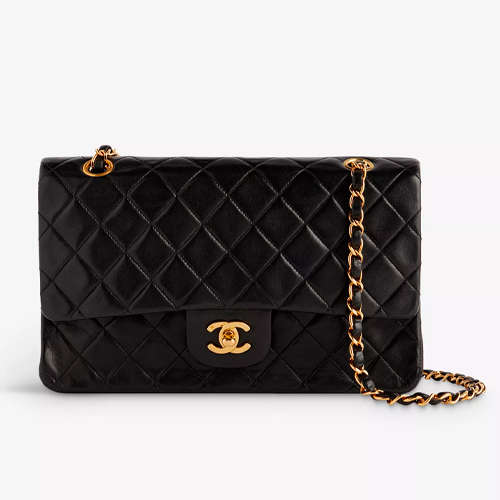
%20(1)?wid=1920&fmt=jpg&fit=constrain&qlt=95,1)





